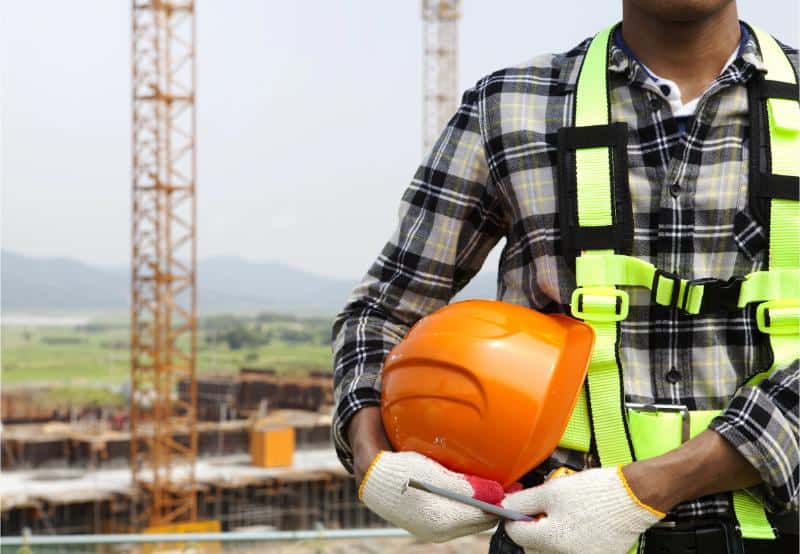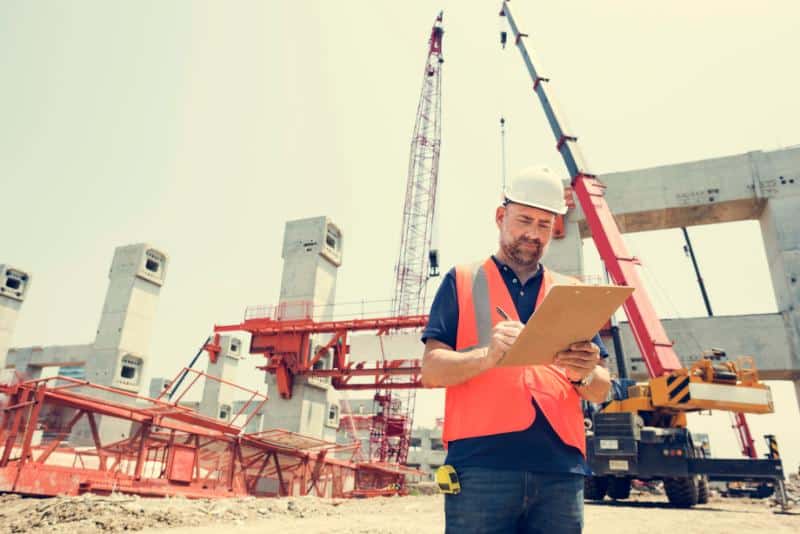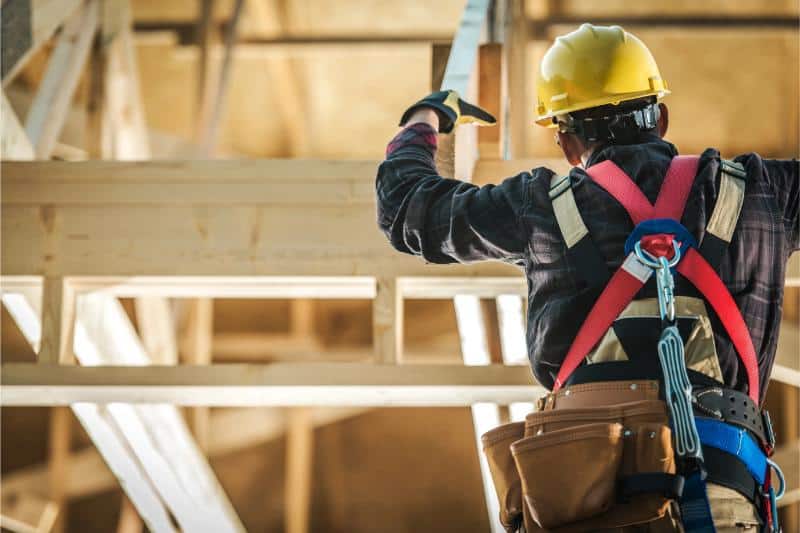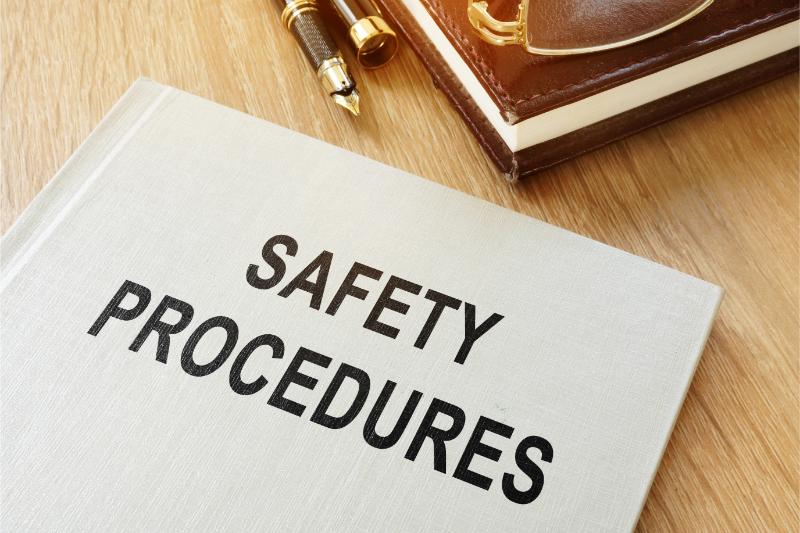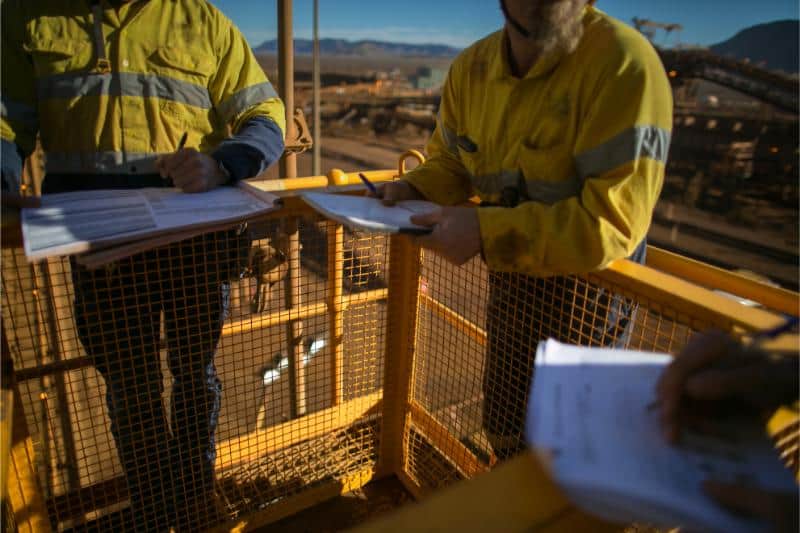The Imperative of Safety in Construction: Why It Matters More Than Ever
The construction industry is inherently hazardous, with numerous risks lurking at every corner. From falling objects and electrical hazards to machinery malfunctions and trench collapses, the potential for accidents is ever-present. In Phoenix, Arizona, where construction activities are booming, prioritizing safety on job sites is of paramount importance. It not only safeguards the well-being of workers but also protects the public and ensures regulatory compliance.
Safety in the construction industry goes beyond just following rules and regulations. It’s an ethical responsibility that directly impacts the lives of workers, their families, and the community. A strong safety culture not only reduces the risk of injuries and fatalities but also enhances productivity, boosts morale, and avoids costly legal penalties. By prioritizing safety, construction companies can create a win-win situation for all stakeholders involved.
The Cost of Non-Compliance
Non-compliance with safety regulations can have severe consequences for construction companies operating in Phoenix. Hefty fines, project delays, and legal liabilities can quickly erode profits and damage a company’s reputation. Moreover, the human cost of injuries and loss of life is immeasurable, with far-reaching implications for workers and their families. Investing in safety is an investment in the long-term success and sustainability of a construction business.
Navigating Phoenix’s Safety Regulations: What Construction Companies Must Know
Construction companies operating in Phoenix must navigate a complex web of safety regulations at the state, federal, and local levels. Understanding these regulations comprehensively is crucial for achieving compliance and avoiding penalties.
At the federal level, the Occupational Safety and Health Administration (OSHA) sets the standards for workplace safety across various industries, including construction. These regulations cover a wide range of areas, from personal protective equipment (PPE) requirements to fall protection systems and excavation safety.
In addition to federal regulations, Arizona has its own set of safety rules governed by the Arizona Division of Occupational Safety and Health (ADOSH). These state-specific regulations often align with or supplement OSHA standards, ensuring a higher level of protection for workers in the state.
Local Mandates and Recent Updates
Construction companies in Phoenix must also comply with local ordinances and regulations set forth by the city or county authorities. These local mandates may address specific safety concerns unique to the region, such as extreme heat precautions or specific requirements for demolition projects.
It’s essential to stay informed about recent updates and changes to safety regulations at all levels. Regulatory bodies regularly review and update their guidelines to address emerging risks and industry best practices. Failure to keep up with these changes can lead to non-compliance issues and potential penalties.
Building a Solid Safety Culture: The Bedrock of Compliance
Mere compliance with regulations is not enough to achieve true safety excellence in the construction industry. Building a robust safety culture within the organization is the bedrock upon which all other safety initiatives must stand.
A strong safety culture starts with leadership commitment. Company executives and project managers must actively prioritize safety, allocate adequate resources, and lead by example. Their actions and decisions should consistently demonstrate that safety is a core value, not just a box to be checked.
Employee Engagement and Continuous Education
Engaging employees in the safety process is crucial. Regular safety meetings, toolbox talks, and open communication channels encourage workers to voice their concerns, suggest improvements, and take ownership of safety protocols. Continuous education and training programs ensure that employees stay up-to-date with the latest safety practices, equipment, and procedures.
Embedding safety into daily practices and decision-making is key. From pre-task risk assessments to regular safety audits, safety should be an integral part of every aspect of construction operations. By fostering a culture where safety is ingrained in the company’s DNA, construction companies can create a safer work environment and a more resilient workforce.
Identifying and Mitigating Common Construction Hazards
Construction sites are rife with potential hazards, and identifying and mitigating these risks is crucial for maintaining a safe work environment. Some of the most common hazards include:
- Falls: Falls from heights, such as scaffolding or roofs, are a leading cause of injuries and fatalities in the construction industry. Implementing fall protection systems, such as guardrails, safety nets, and personal fall arrest systems, is essential.
- Struck-by Hazards: Workers can be struck by falling objects, moving vehicles, or swinging loads. Proper barricading, hard hats, and high-visibility clothing can help mitigate these risks.
- Electrical Hazards: Exposure to live electrical wires, circuits, or equipment can result in electrocution or severe burns. Proper lockout/tagout procedures, insulated tools, and grounding techniques are crucial.
- Caught-in/between Hazards: Workers can become caught or crushed between moving equipment, machinery, or materials. Implementing safe operating procedures, machine guarding, and proper training can help prevent these incidents.
Prevention Strategies
Implementing comprehensive prevention strategies is key to mitigating these hazards. This includes conducting thorough job hazard analyses, providing adequate personal protective equipment (PPE), ensuring secure working conditions, and conducting regular safety audits and inspections.
By identifying and addressing common construction hazards proactively, construction companies can minimize risks significantly, protecting their workers and ensuring project success.
Training and Education: Equipping Your Team for Excellence
Ongoing training and education programs are essential for ensuring that construction workers have the knowledge and skills necessary to perform their jobs safely. A well-trained workforce not only reduces the risk of accidents but also instills confidence and competence, leading to increased productivity and job satisfaction.
Types of Training
Construction companies should implement a comprehensive training program that addresses various safety aspects, including:
- Safety Workshops and Seminars: Regular workshops and seminars can cover topics such as fall protection, hazard communication, and emergency preparedness.
- Certification Courses: Specialized certification courses, such as those for crane operation, scaffolding erection, or confined space entry, ensure that workers have the necessary expertise to perform high-risk tasks safely.
- Toolbox Talks: Frequent toolbox talks, or short safety meetings held on the job site, allow for the discussion of site-specific hazards, safety concerns, and best practices.
- On-the-Job Training: Hands-on training and mentorship programs provide practical experience and guidance for new or inexperienced workers, fostering a culture of safety from the ground up.
Continuous Improvement
Training should be an ongoing process, with regular refresher courses and updates to ensure that workers remain current with the latest safety practices and regulations. Additionally, incorporating feedback from workers and evaluating training effectiveness can help identify areas for improvement and tailor programs to better meet the needs of the workforce.
Technology and Innovation: Enhancing Safety in Construction
In today’s rapidly evolving construction landscape, technology and innovation are playing an increasingly pivotal role in bolstering safety on job sites. From wearable safety gadgets to construction management software and drones for site inspections, these cutting-edge solutions are transforming the way construction companies approach safety.
Wearable Safety Devices
Wearable technology, such as smart helmets, safety vests, and proximity sensors, can help workers stay aware of their surroundings and alert them to potential hazards. These devices can detect falls, monitor vital signs, and even provide real-time location tracking for improved emergency response.
Construction Management Software
Sophisticated construction management software platforms offer powerful tools for managing safety protocols, tracking incidents, and ensuring compliance. These systems can automate safety inspections, generate real-time reports, and provide analytics for data-driven decision-making.
Drones and Site Inspections
Unmanned aerial vehicles (UAVs), or drones, are revolutionizing the way construction companies conduct site inspections. By capturing high-resolution images and video footage, drones can identify potential hazards, monitor progress, and document site conditions without putting workers in harm’s way.
Embracing Innovation
While technology alone is not a panacea, embracing these innovative solutions can significantly enhance safety practices on construction sites. By leveraging the power of data, automation, and real-time monitoring, construction companies can stay ahead of potential risks and create a safer working environment for all.
Emergency Preparedness: Planning for the Unexpected
Despite the best preventive measures, accidents and emergencies can still occur on construction sites. Having comprehensive emergency action plans in place is crucial for ensuring swift and efficient responses, minimizing the impact of these incidents, and protecting the safety of workers and the public.
Key Components of an Emergency Action Plan
An effective emergency action plan should include the following key components:
- Emergency Contact Lists: Clearly defined lists of emergency contacts, including local fire departments, ambulance services, and poison control centers, should be readily available and easily accessible.
- First Aid Procedures: Detailed procedures for administering first aid, including the location of first aid kits and designated first responders on-site, should be established and communicated to all workers.
- Evacuation Routes and Assembly Areas: Well-marked evacuation routes and designated assembly areas should be identified and communicated to all workers, ensuring a safe and orderly evacuation in the event of an emergency.
- Communication Strategies: Clear communication protocols should be established for reporting emergencies, alerting workers, and coordinating with emergency responders.
Drills and Updates
Regular emergency drills and exercises are essential for testing the effectiveness of the emergency action plan and ensuring that all workers are familiar with the procedures. Additionally, the plan should be reviewed and updated periodically to reflect changes in site conditions, personnel, or regulations.
By prioritizing emergency preparedness, construction companies can minimize the impact of unforeseen incidents, protect their workers, and ensure business continuity in the face of adversity.
Measuring Safety Success: Key Performance Indicators (KPIs)
Implementing effective safety measures is only the first step; measuring their success is equally crucial. Construction companies should establish a set of Key Performance Indicators (KPIs) to track and evaluate the effectiveness of their safety initiatives, enabling data-driven decision-making and continuous improvement.
Common Safety KPIs
Some of the most commonly used KPIs in the construction industry include:
- Accident Frequency Rates: Tracking the number of accidents or incidents per a specific number of hours worked can provide insights into the overall safety performance of a project or company.
- Safety Training Completion: Monitoring the percentage of workers who have completed mandatory safety training programs ensures that the workforce is adequately prepared to handle potential hazards.
- Near-Miss Reporting: Encouraging and tracking near-miss reports can help identify potential hazards before they result in actual incidents, enabling proactive measures to be taken.
- Compliance Audit Scores: Regular audits of safety practices and procedures can reveal areas of non-compliance, allowing for corrective actions to be taken.
Continuous Improvement
By regularly reviewing and analyzing these KPIs, construction companies can identify areas of strength and weakness in their safety programs. This data-driven approach enables them to make informed decisions, allocate resources effectively, and drive continuous improvement in their safety practices.
Embracing a culture of ongoing measurement and evaluation not only enhances safety performance but also demonstrates a commitment to excellence and a dedication to protecting the well-being of workers and the public.
Collaboration and Communication: The Heartbeat of a Safe Site
Effective communication and collaboration among all stakeholders involved in a construction project are essential for maintaining a safe and efficient work environment. From project managers and safety professionals to subcontractors and on-site workers, everyone plays a crucial role in identifying and addressing potential hazards.
Strategies for Improved Communication
Construction companies should implement strategies to facilitate open and transparent communication, such as:
- Regular Safety Meetings: Holding regular safety meetings allows for the discussion of site-specific hazards, incident reports, and safety concerns, fostering a culture of open dialogue and continuous learning.
- Multi-lingual Communication: In a diverse workforce, providing safety information and training in multiple languages can ensure that all workers understand and follow safety protocols.
- Anonymous Reporting Systems: Implementing anonymous reporting systems can encourage workers to voice their concerns without fear of retaliation, enabling the identification and mitigation of potential hazards.
Collaboration with Subcontractors
On large construction projects, collaboration with subcontractors is essential for maintaining consistent safety standards. Construction companies should establish clear safety expectations, provide site-specific training, and conduct joint safety inspections to ensure that all parties are aligned and adhering to the same safety protocols.
A Unified Team Approach
By fostering a unified team approach to safety, construction companies can create an environment where everyone takes ownership of safety protocols and feels empowered to speak up when they identify potential hazards. This collective responsibility not only enhances safety but also promotes a positive work culture, boosting morale and productivity.

